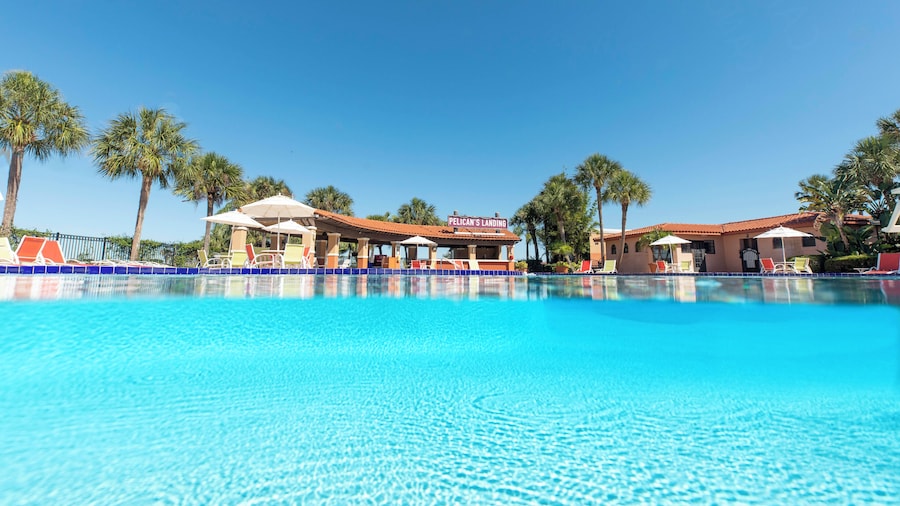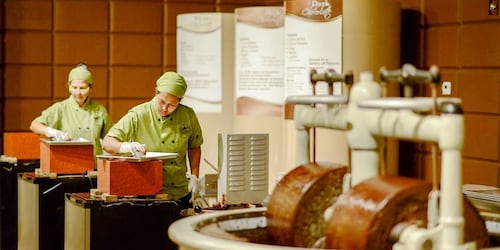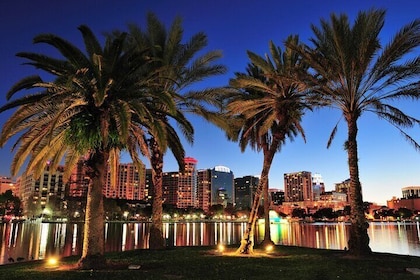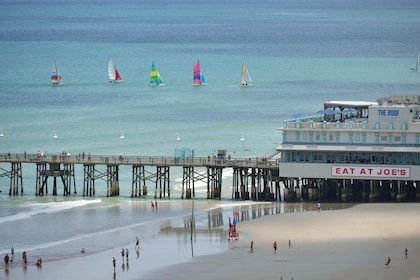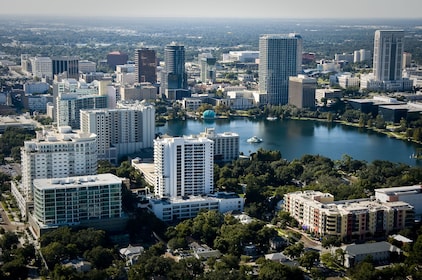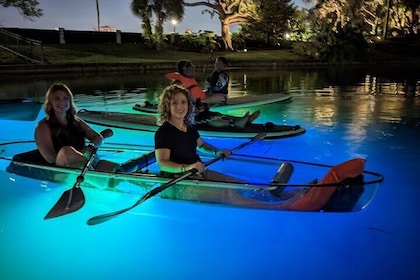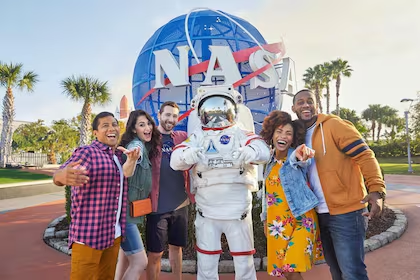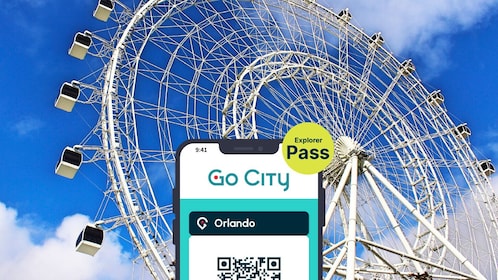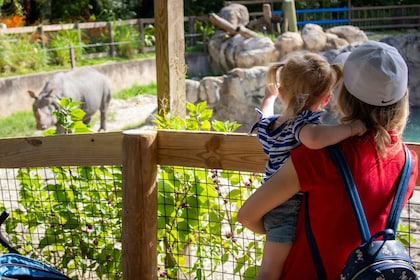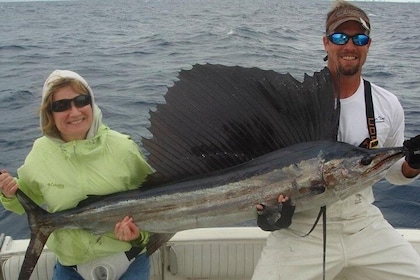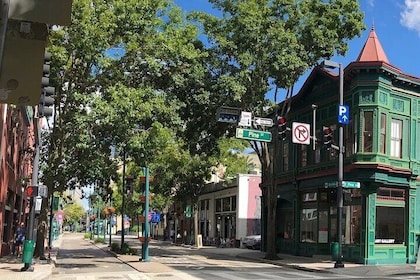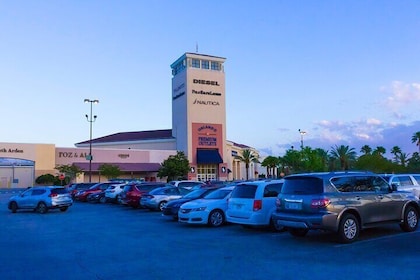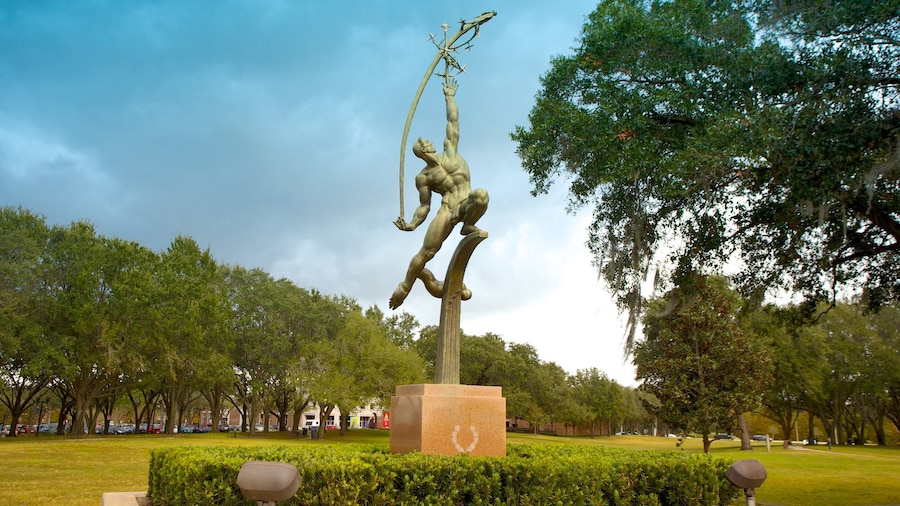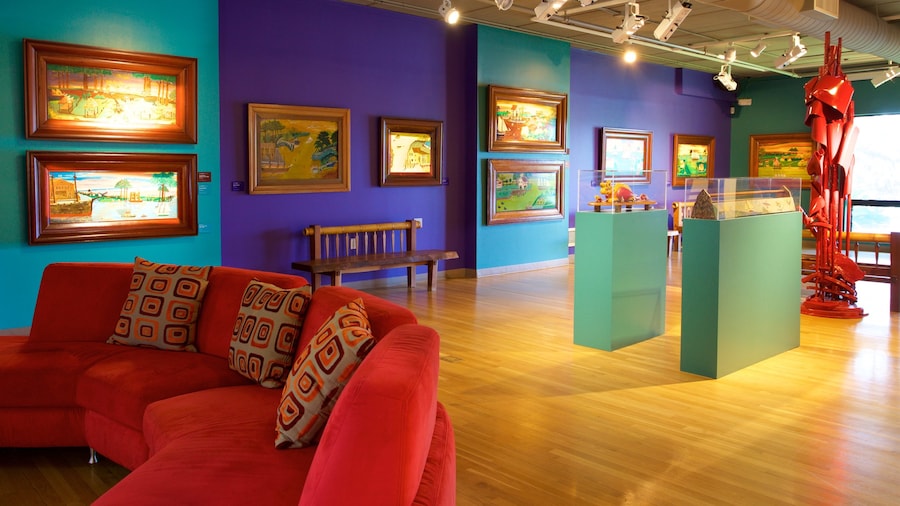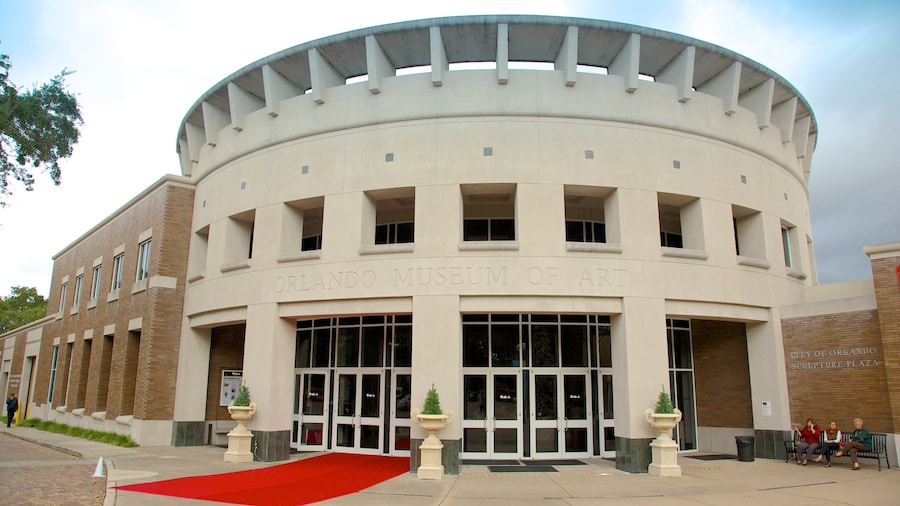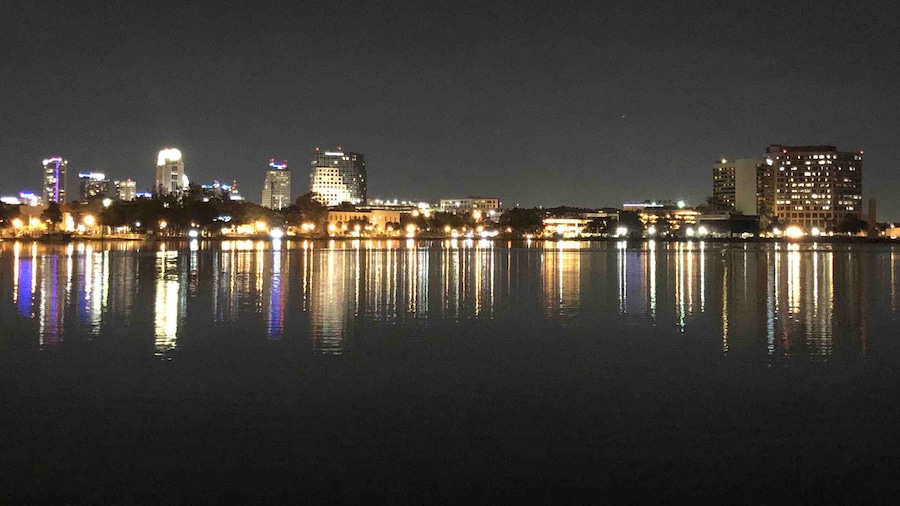Education is fun with the help of interactive exhibits, movies, shows and live animals.
Look for a white building with a huge aluminium dome to find Orlando’s shrine to science. The Orlando Science Center (OSC) includes four levels covering diverse topics, from the solar system to the human body, computers to Florida’s ecosystem.
The landmark dome is the Crosby Observatory, home to Florida's largest publicly accessible refractor telescope. Join in a viewing session to see the surface of the sun or the planets in the night sky. Check the SunWatch and SkyWatch schedule ahead of your visit as these events are subject to weather conditions.
In the Dr. Phillips CineDome, watch movies about coral reefs, Mount Everest and even outer-space debris in Space Junk. The CineDome shows movies on a huge 8,000-square-foot (743-square-meter) screen and uses the world’s largest format of film. CineDome shows are included in the Full Experience entry price.
Science Live! Exhibits, held regularly in several small auditoriums, are live presentations of fascinating experiments. The programs are based around a theme that changes monthly. At Christmas time, for example, you might see frosty experiments with liquid nitrogen.
Take the controls of a replica Mars Rover in Our Planet, Our Universe and collect rock samples to bring back to Earth. At DinoDigs, examine replica dinosaur fossils before unearthing your own in an excavation site.
NatureWorks has recreated environments like Sinkhole Lake and Cypress Swamp. Kids will love this exhibit hall for the chance to touch the animals that live in the Central Florida ecosystem, including snakes, turtles and insects. There are usually two animal feeding times per day for larger creatures such as the stingray and alligator.
Allow at least half a day to see the OSC. Everything at the center is indoors, including the cafeteria. This makes it an especially great place to visit in wet weather, or in the humid summer however, that is the peak tourist season, when many families travel during school vacation.





